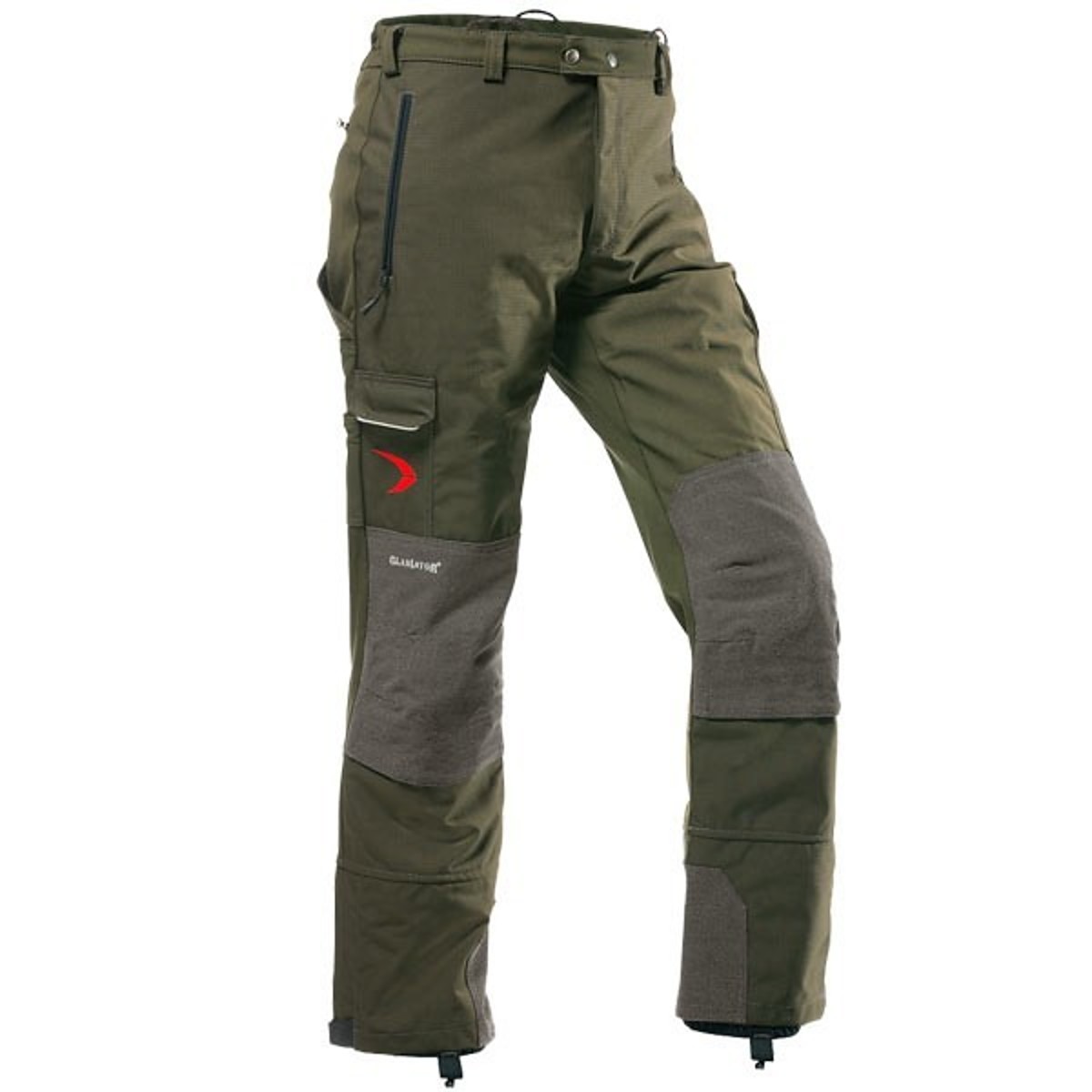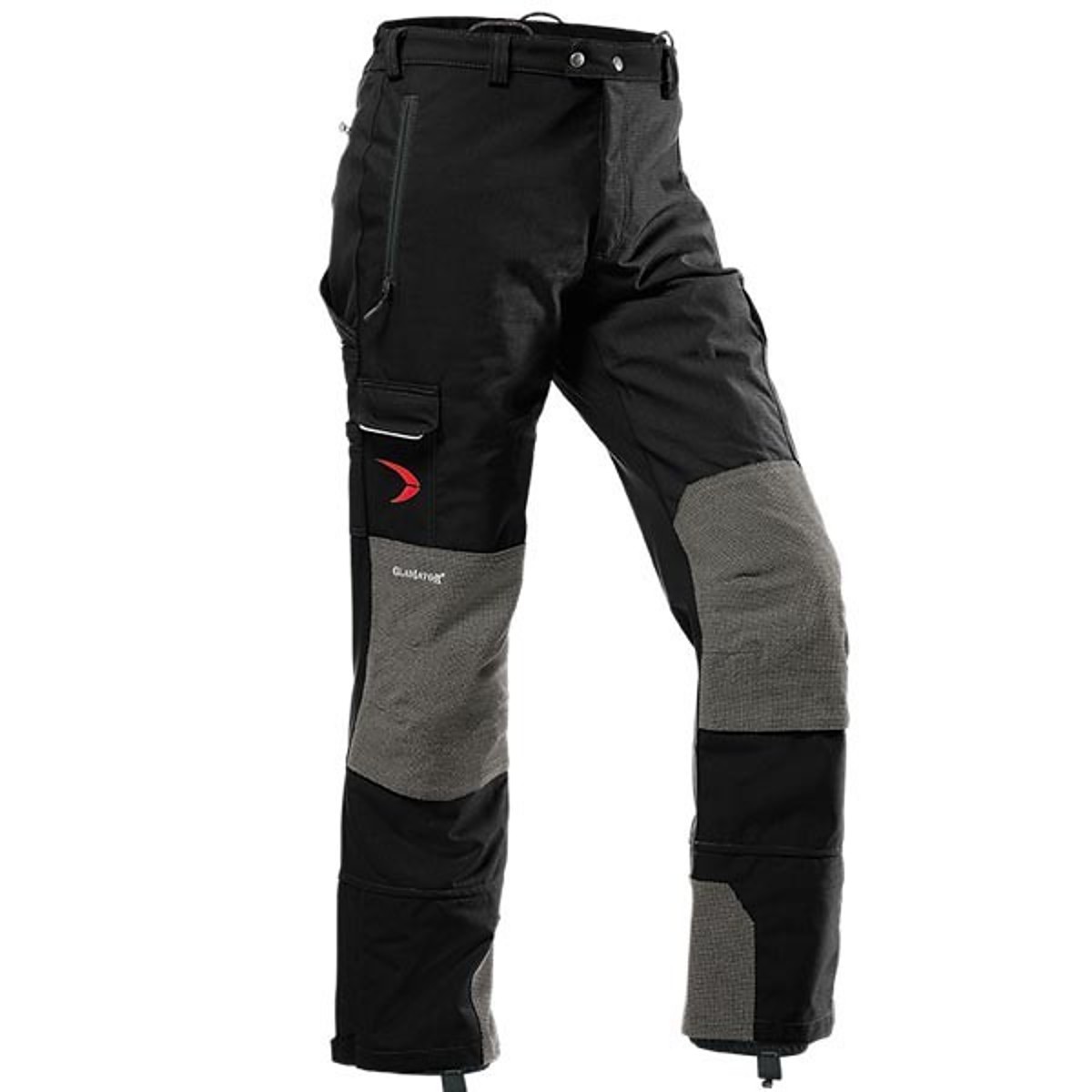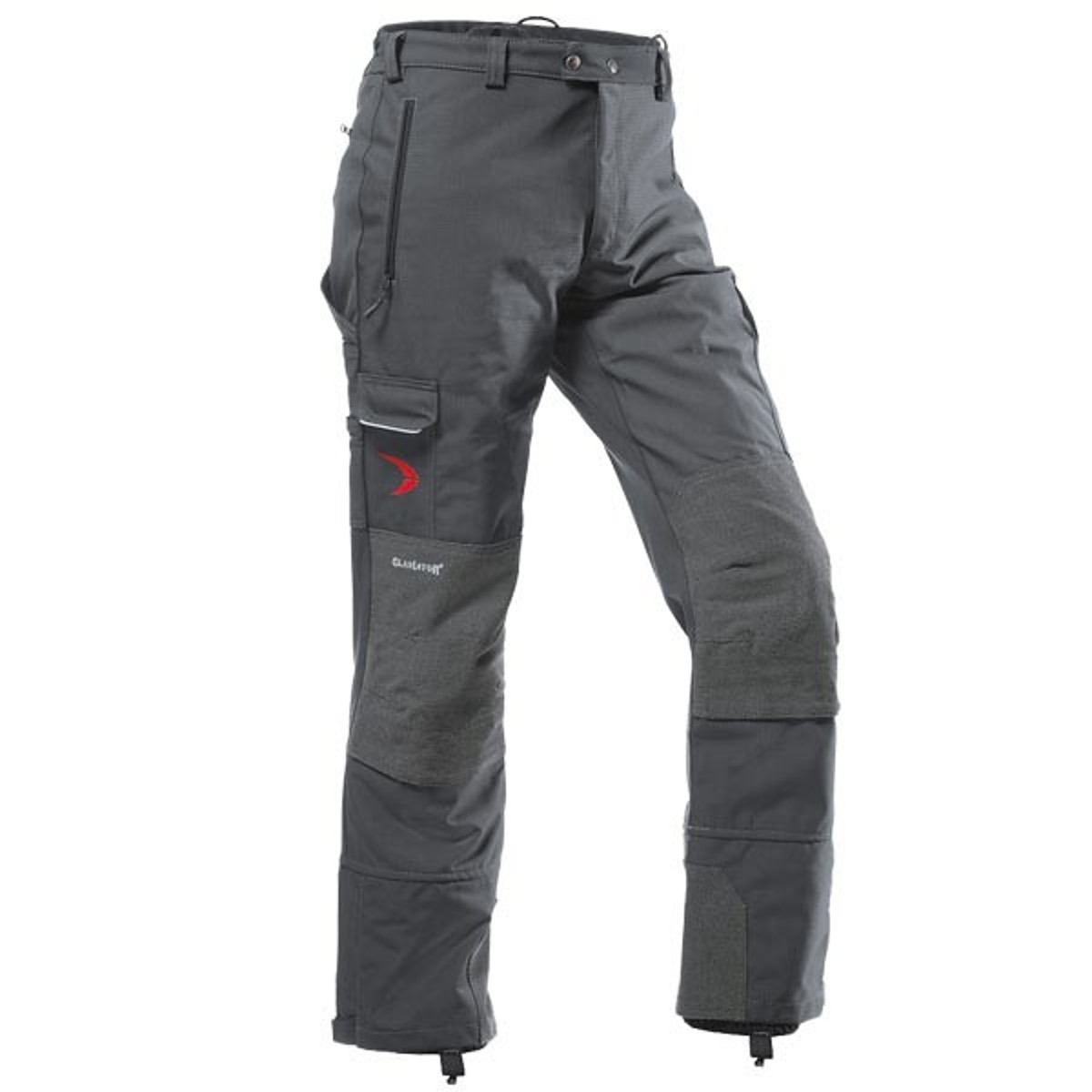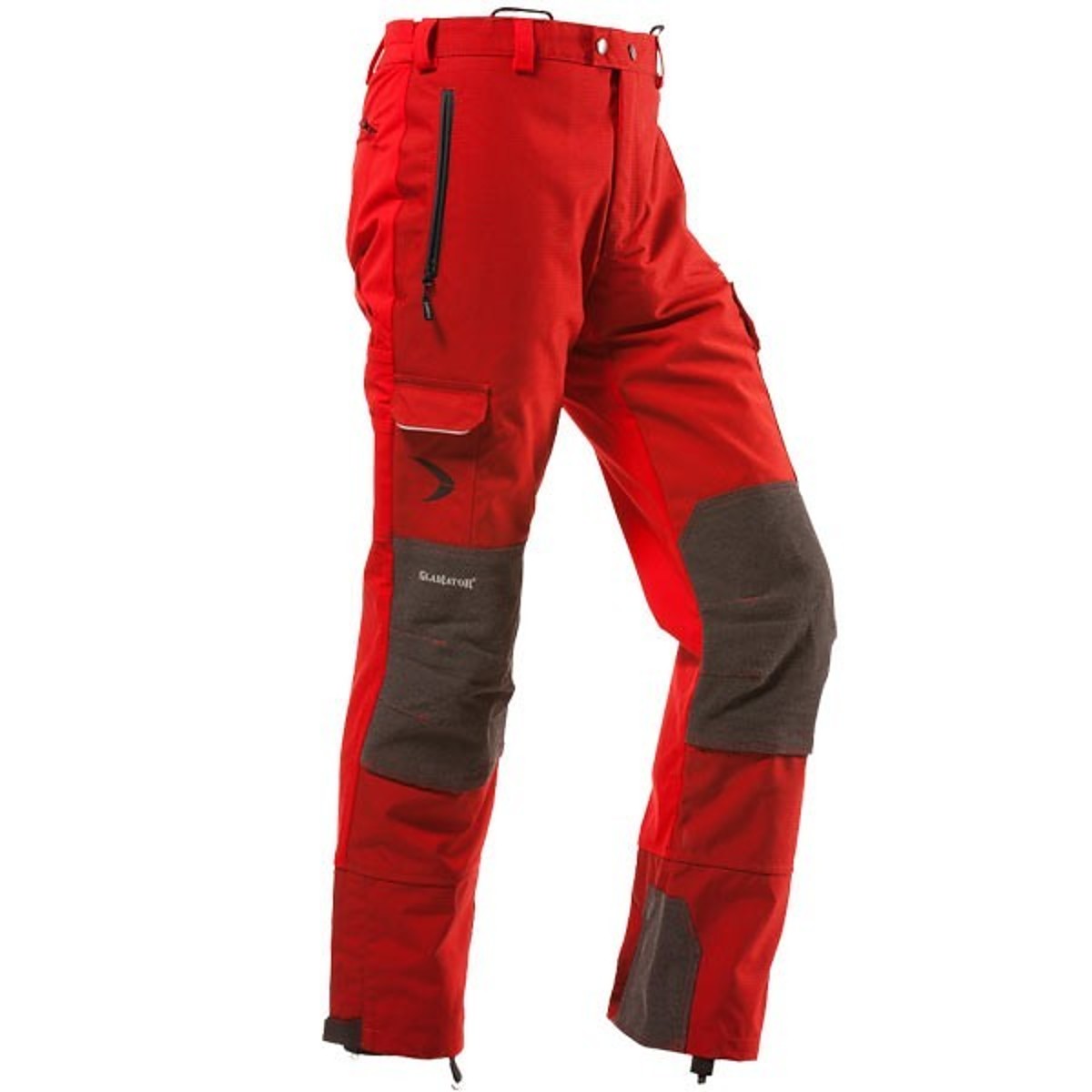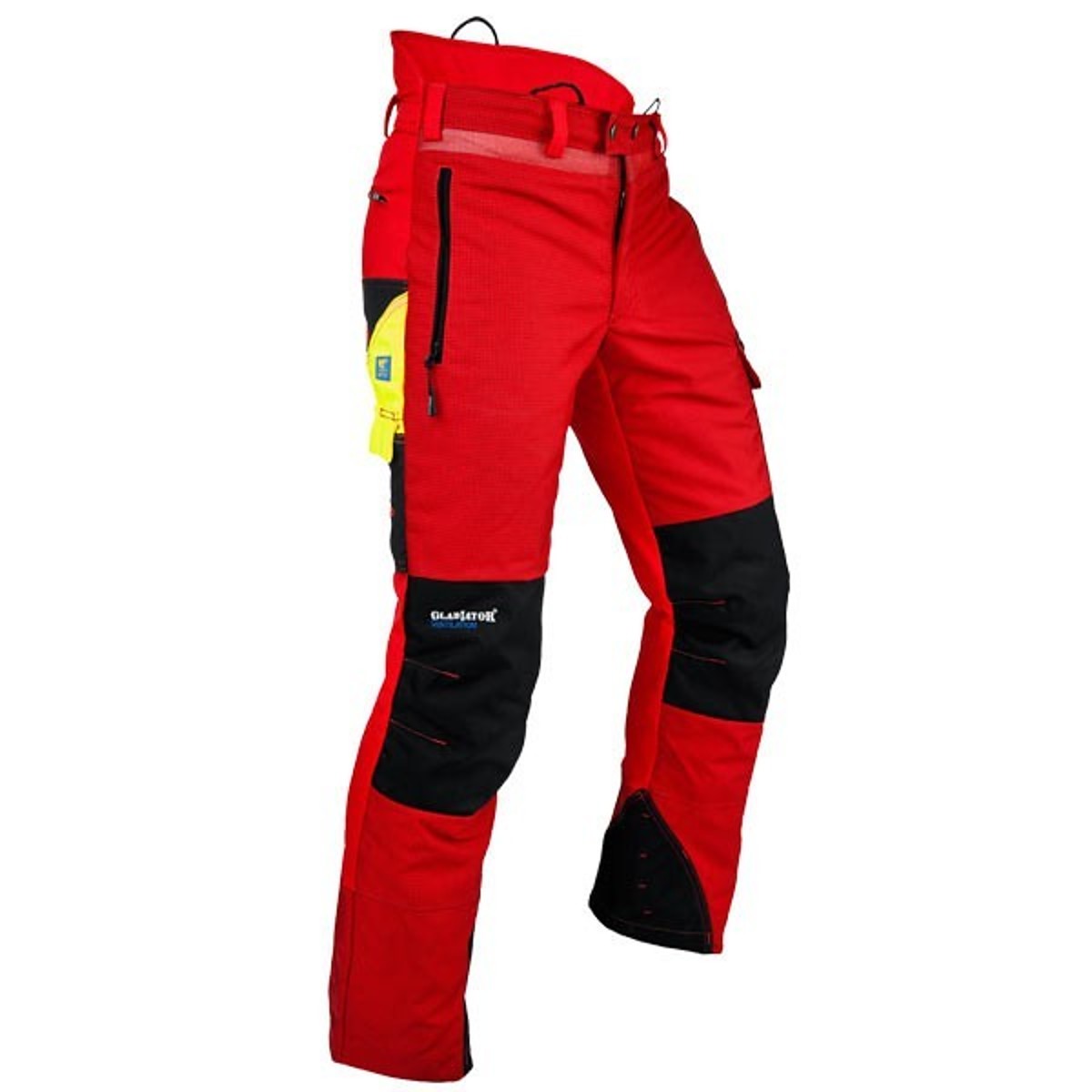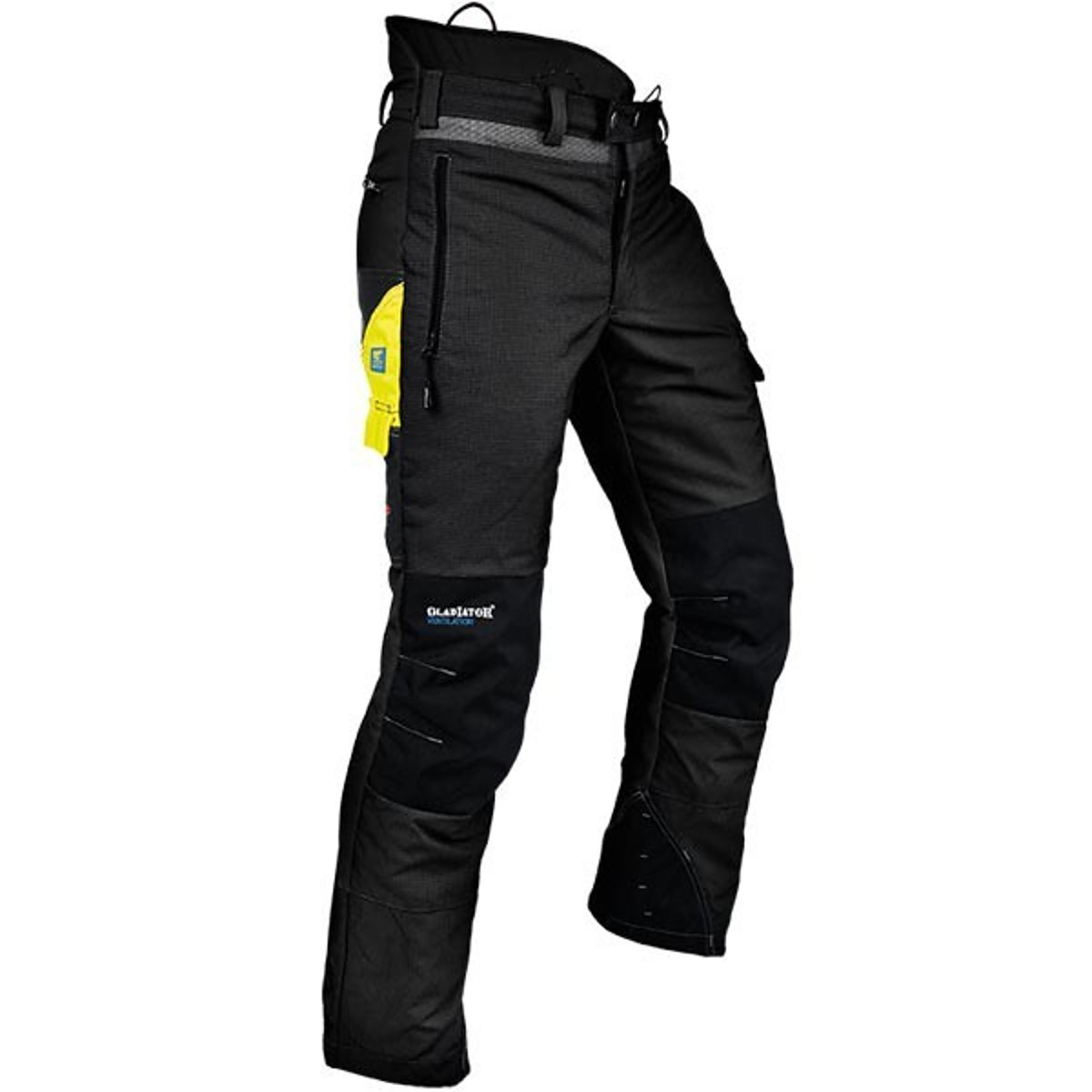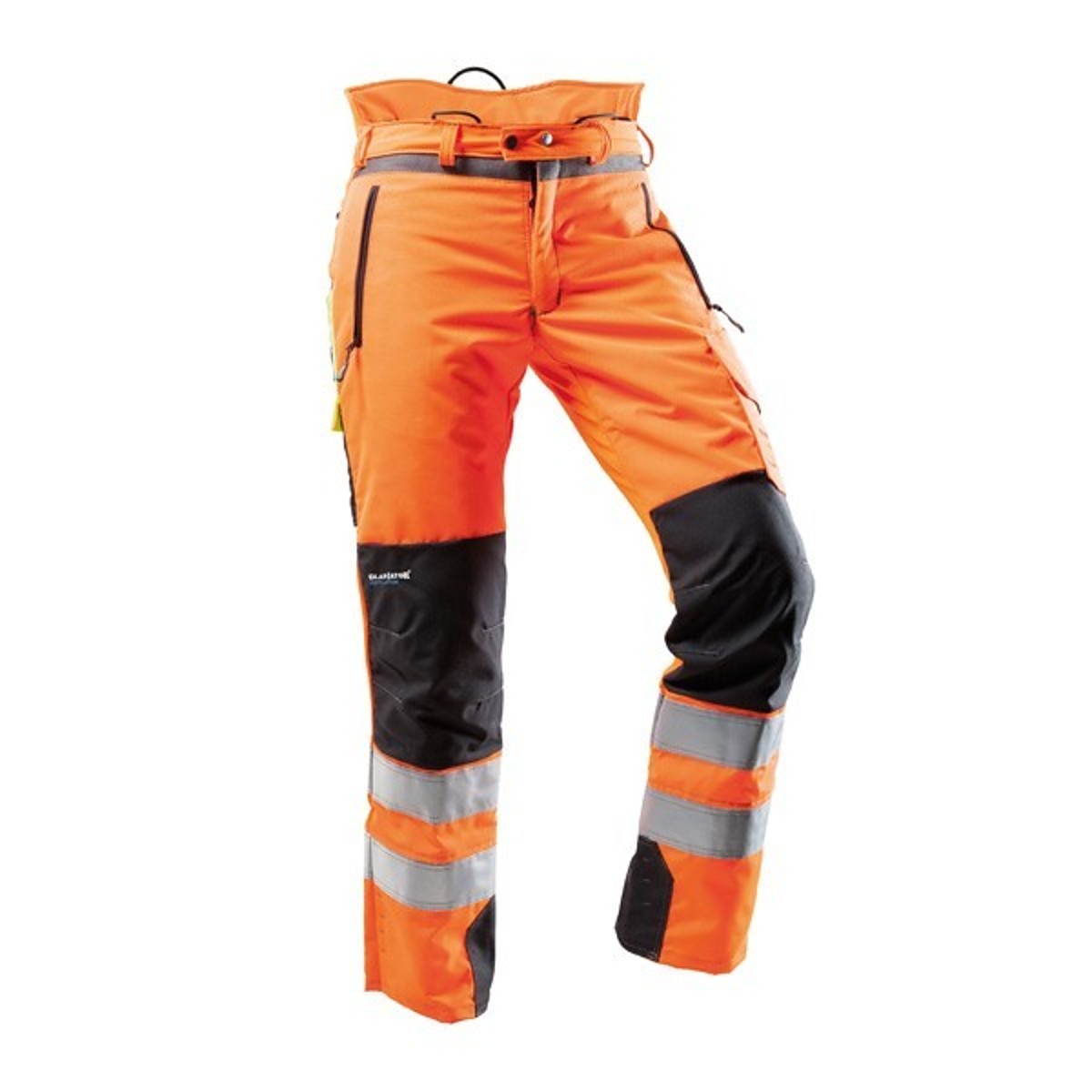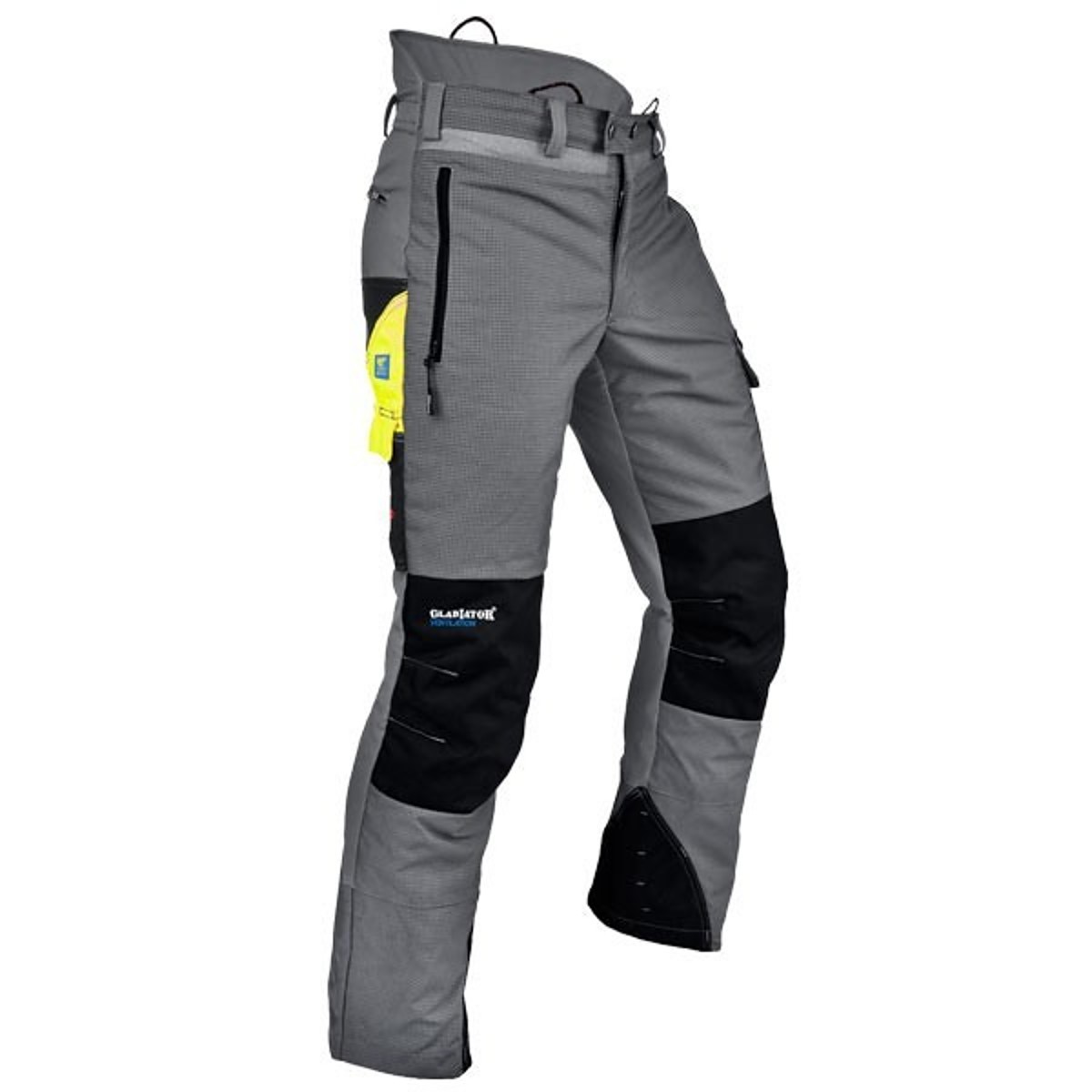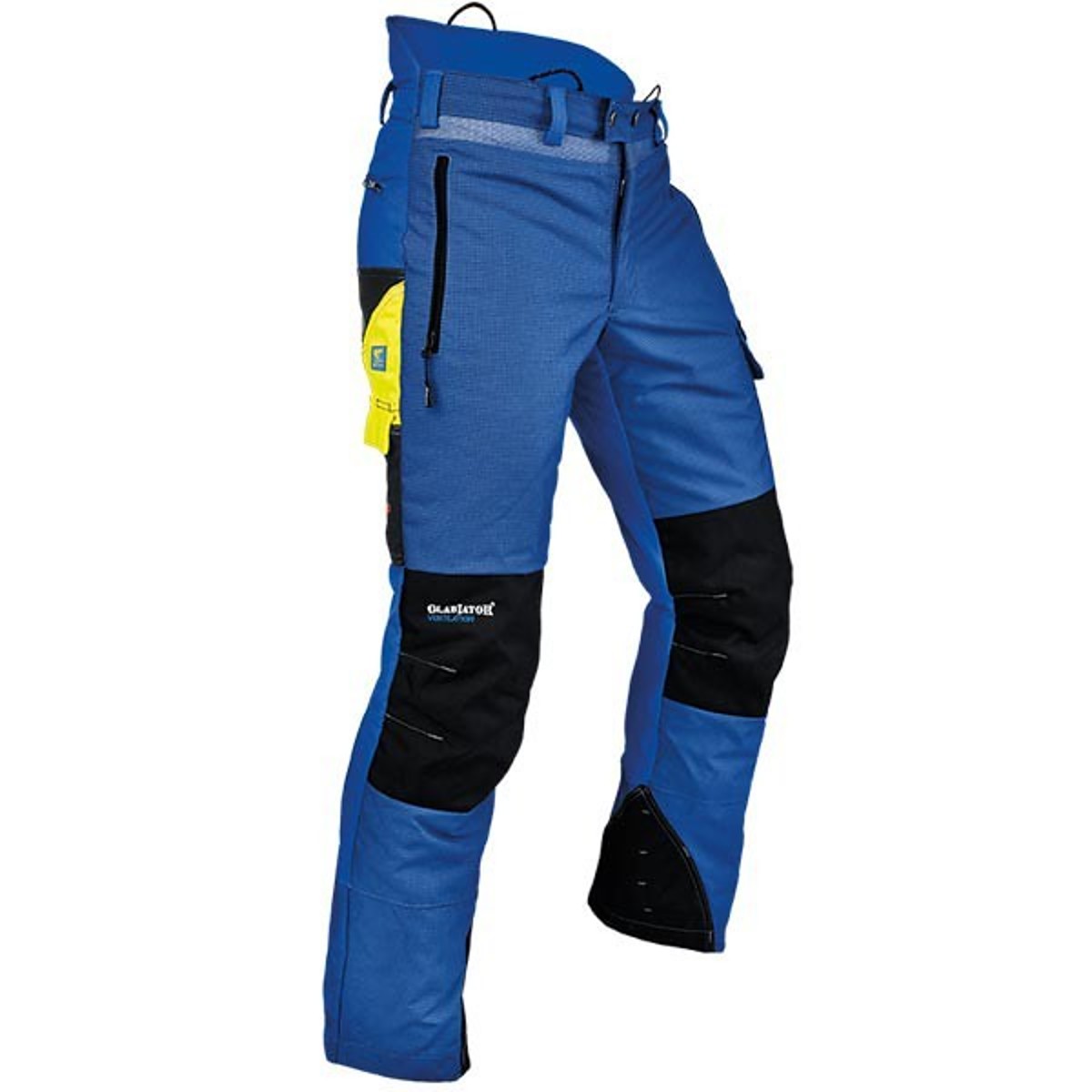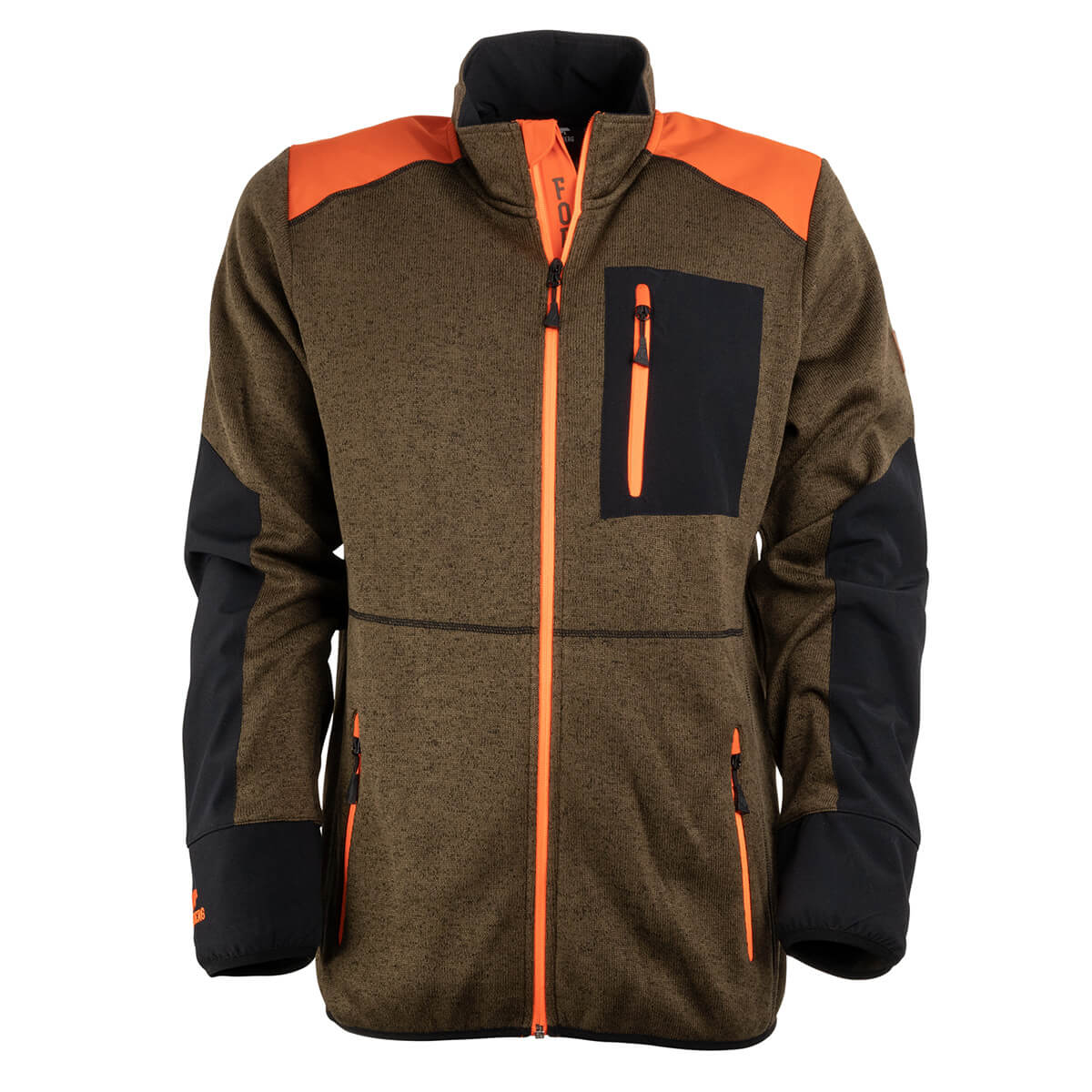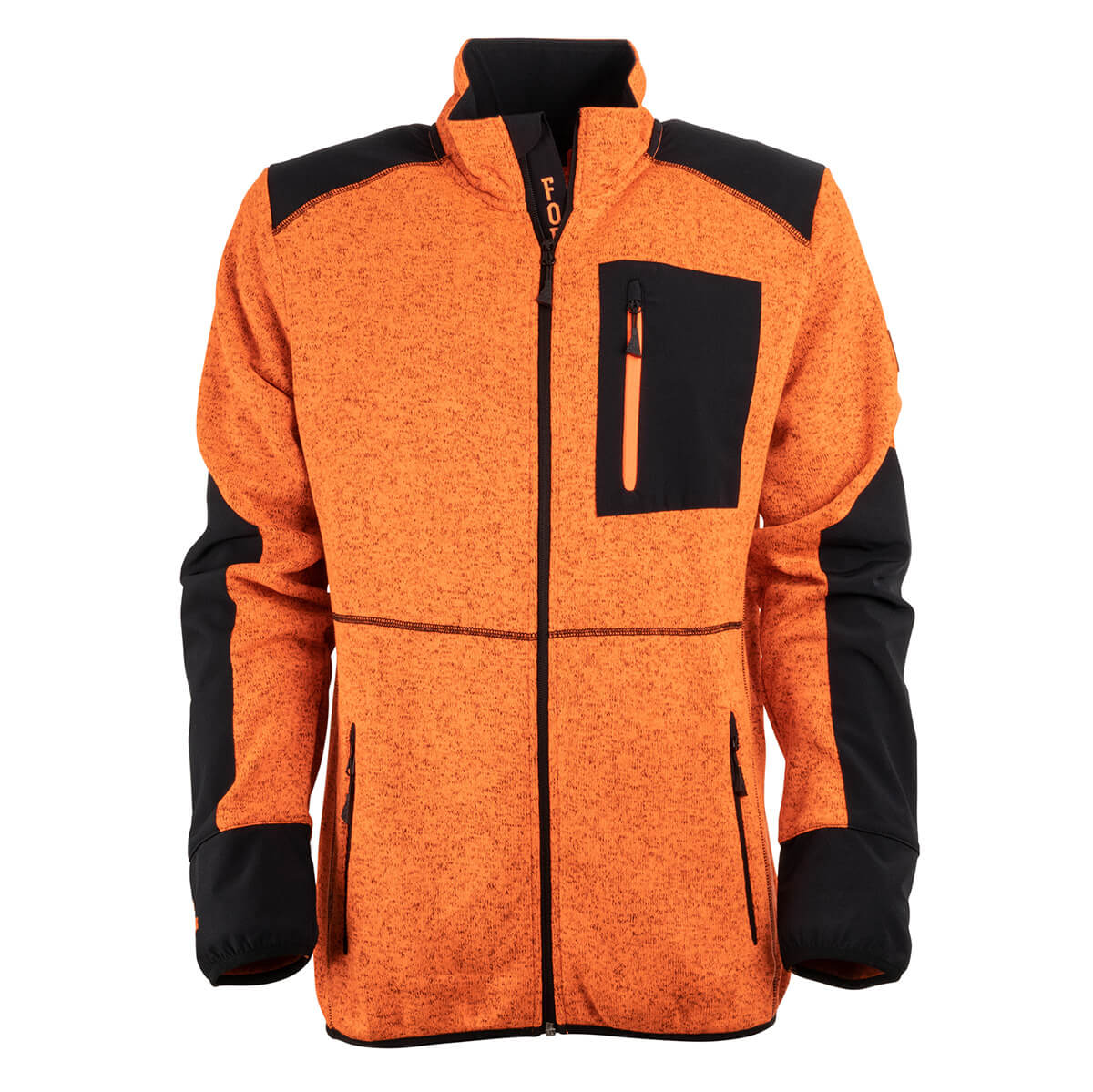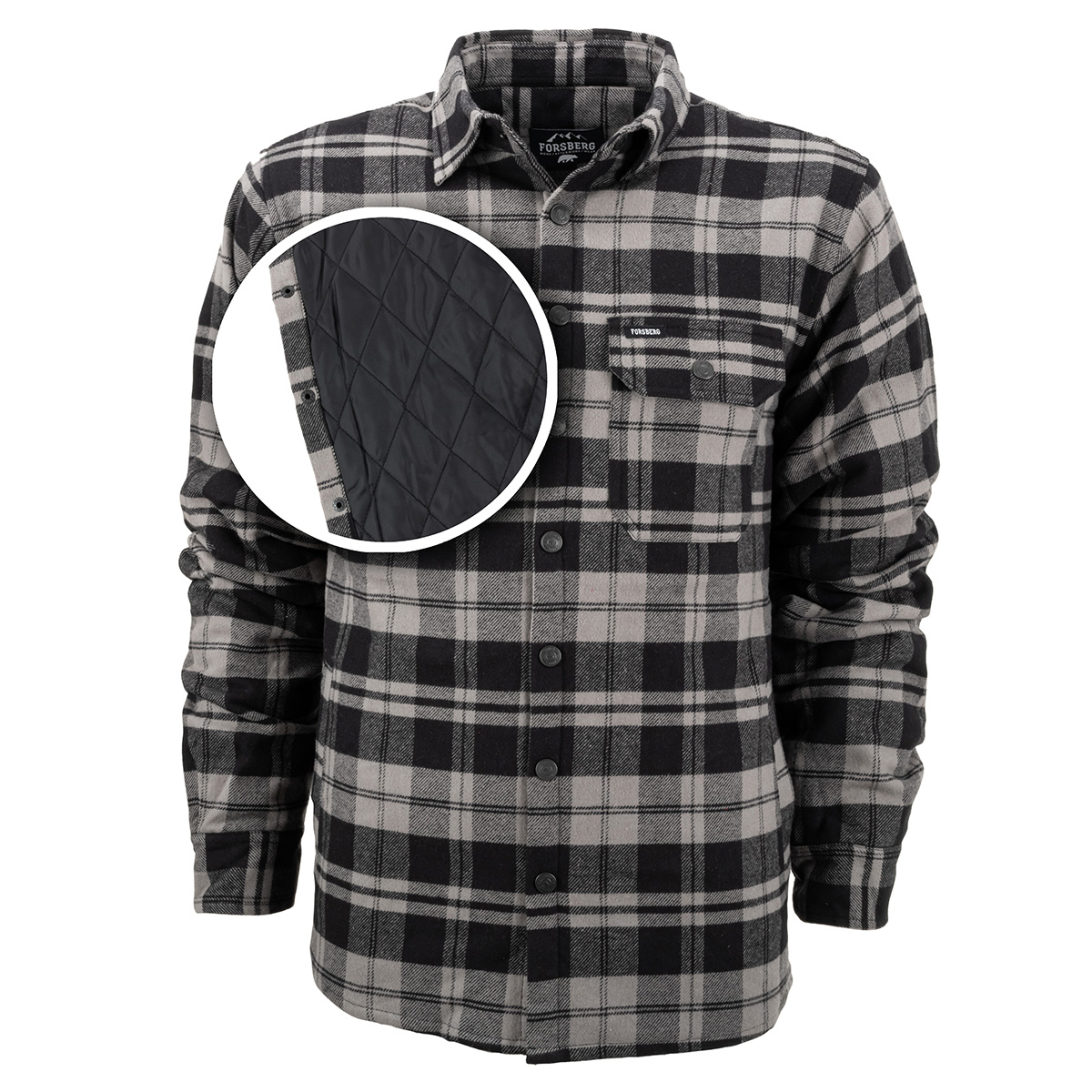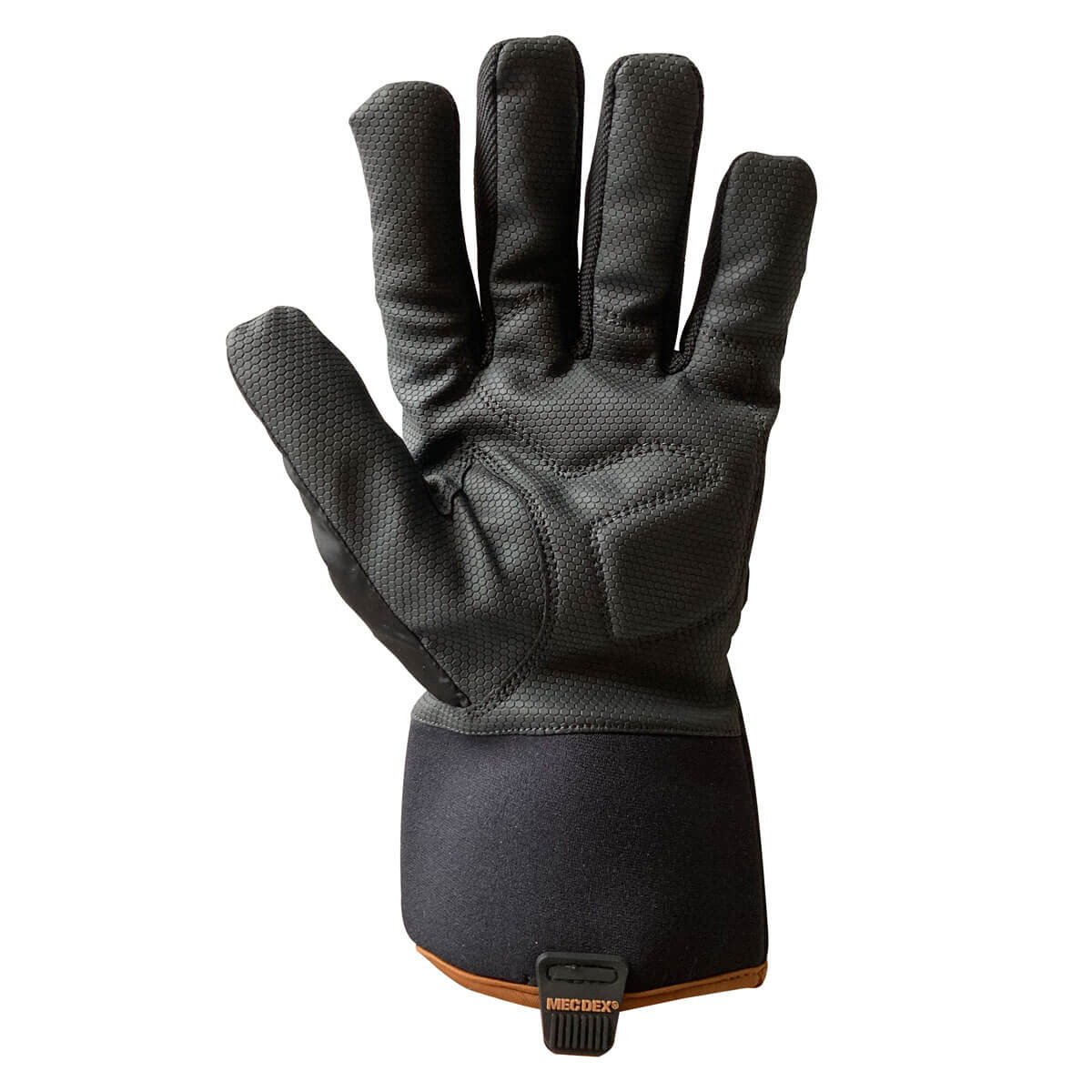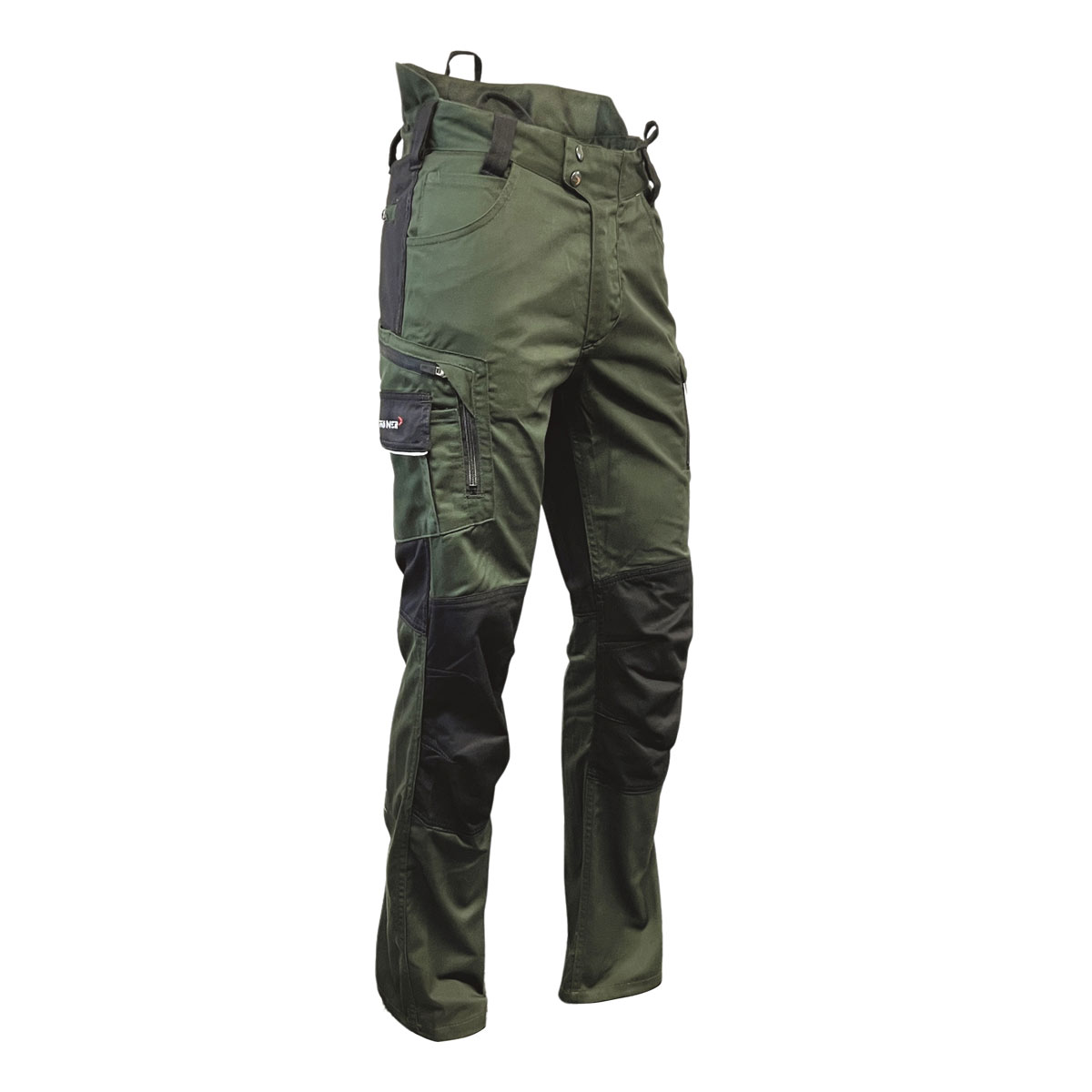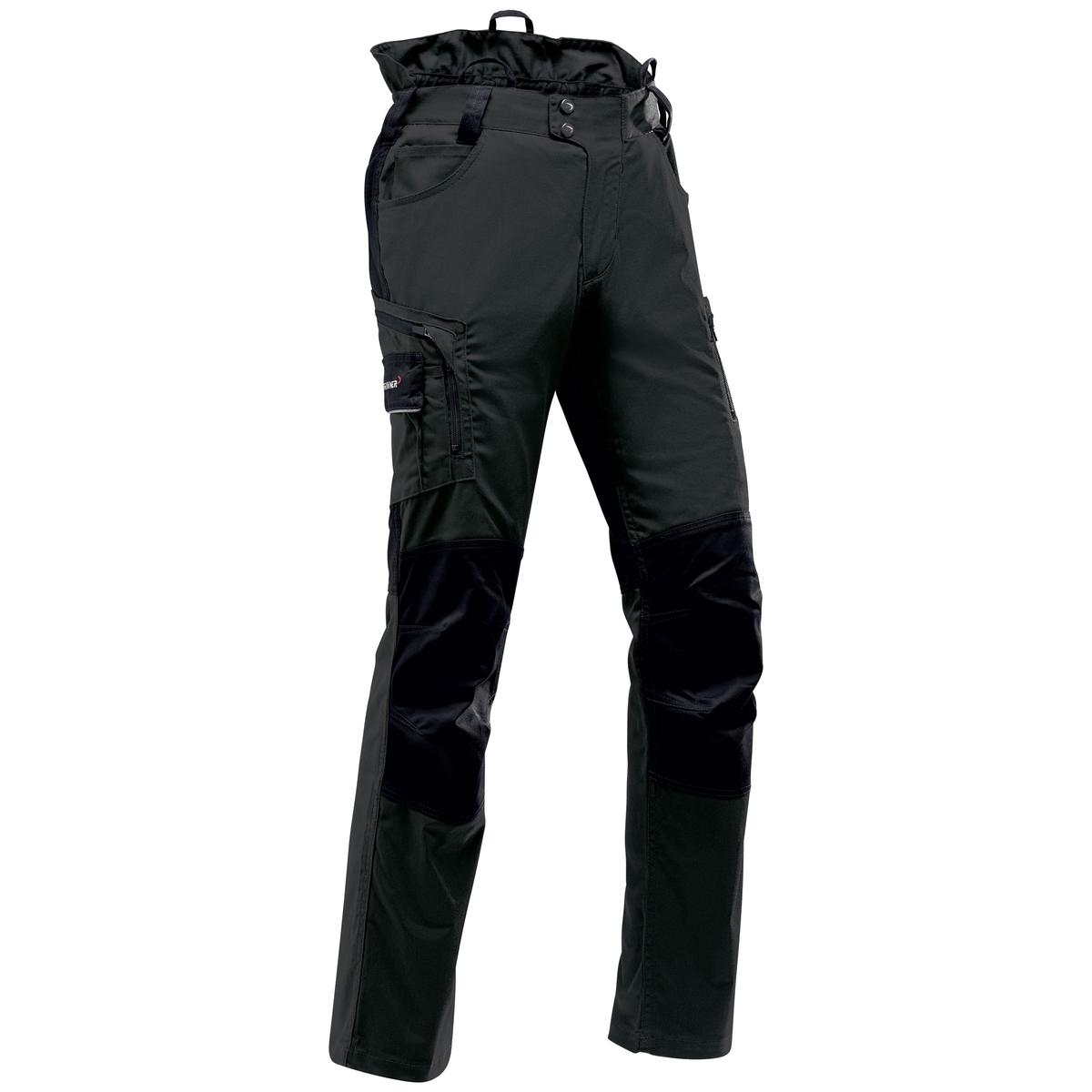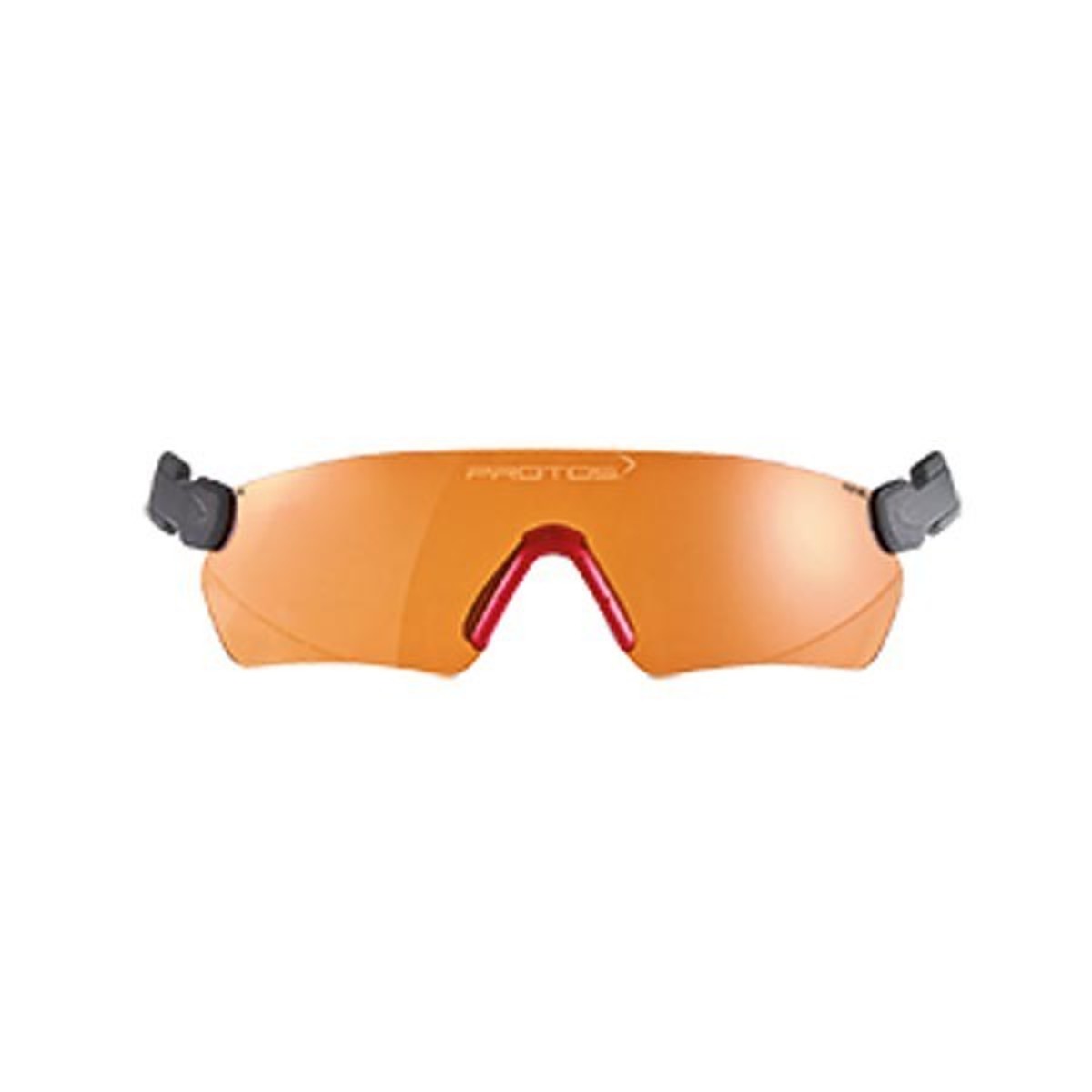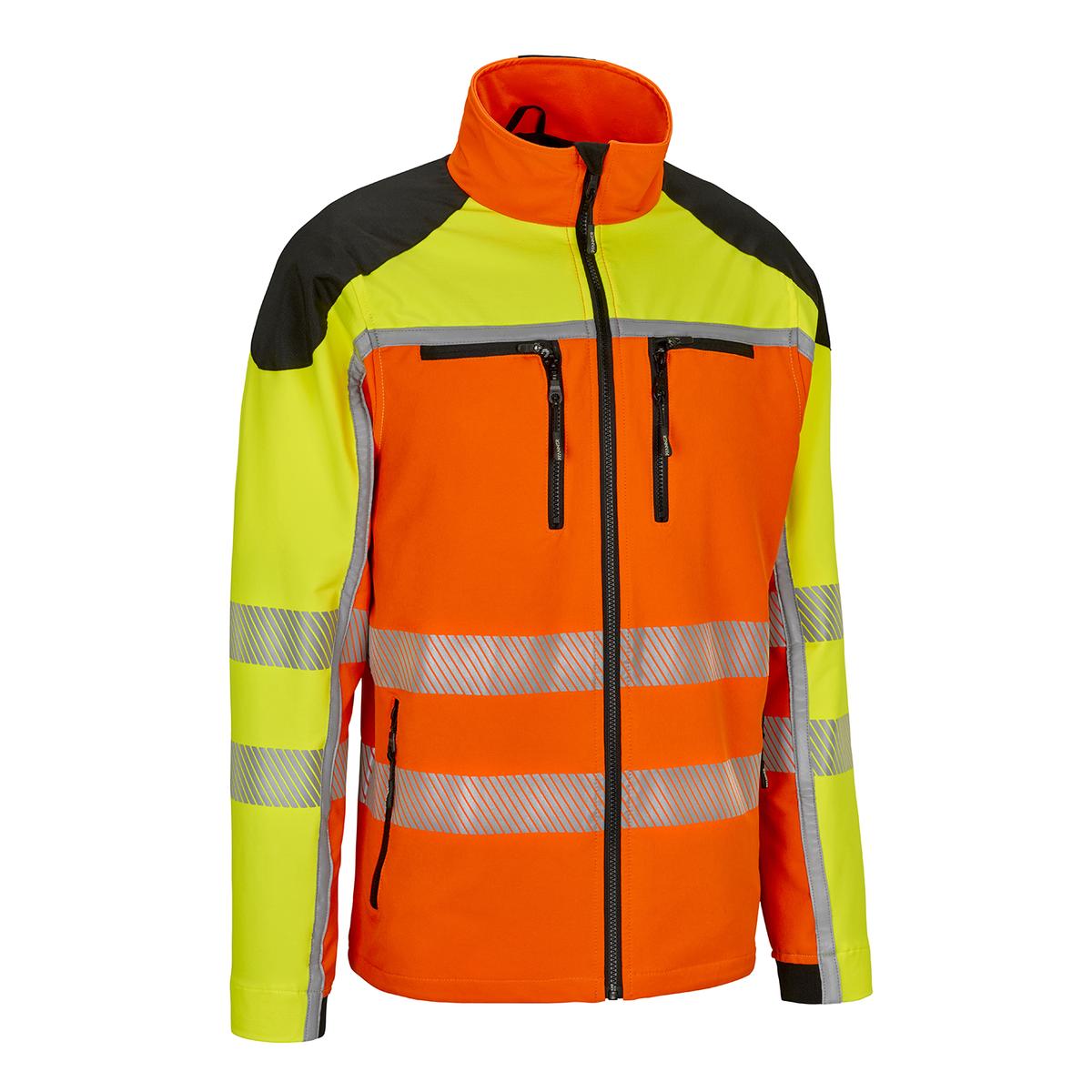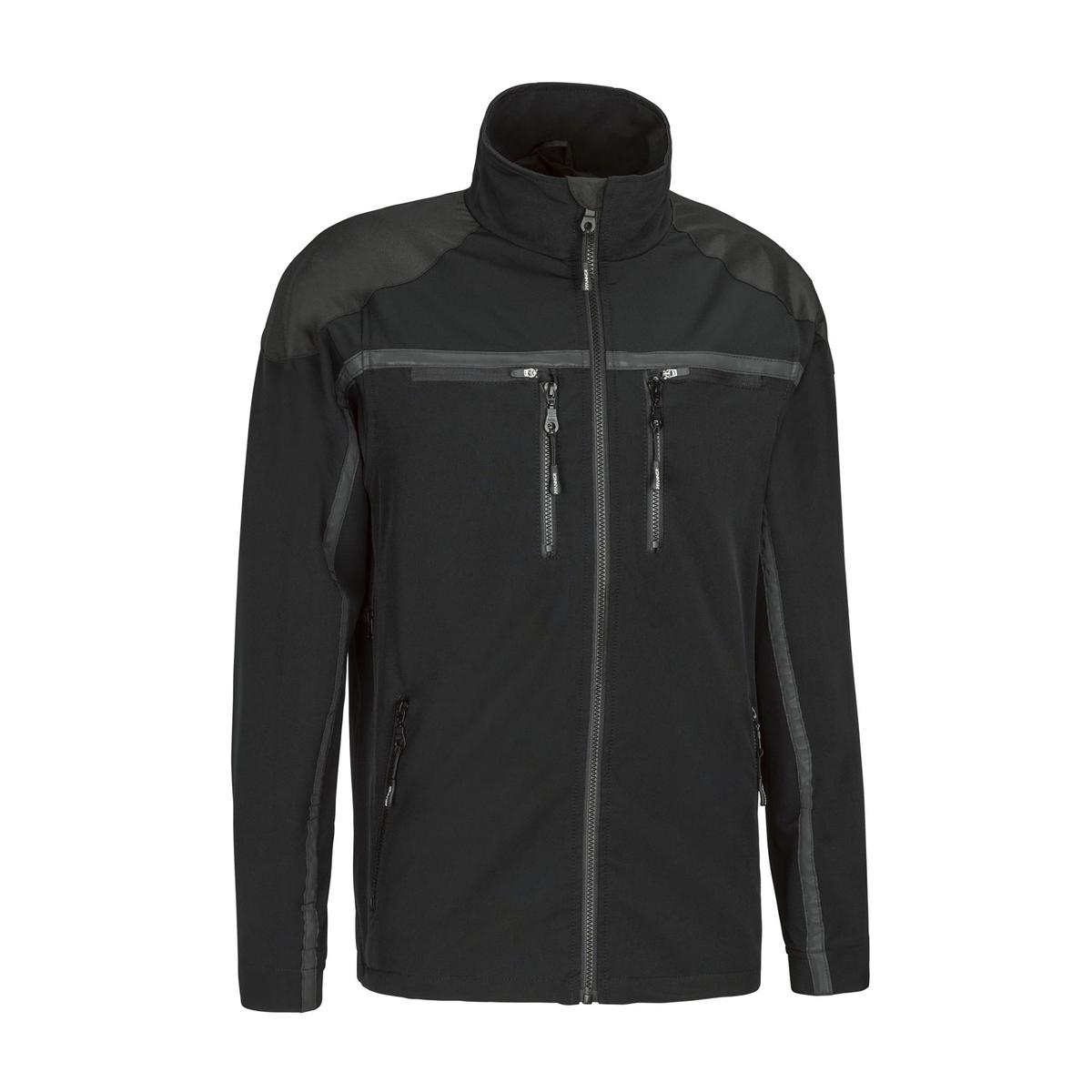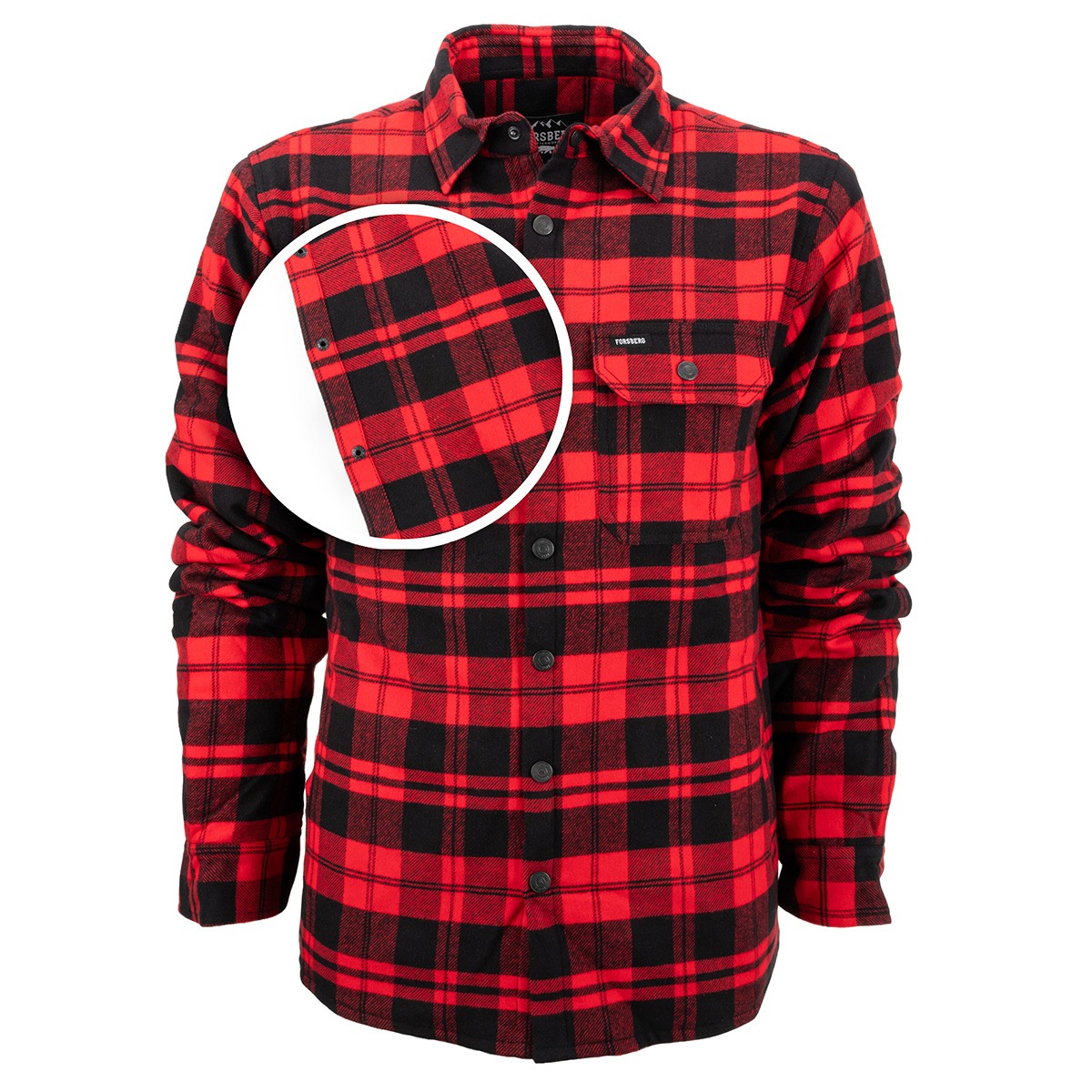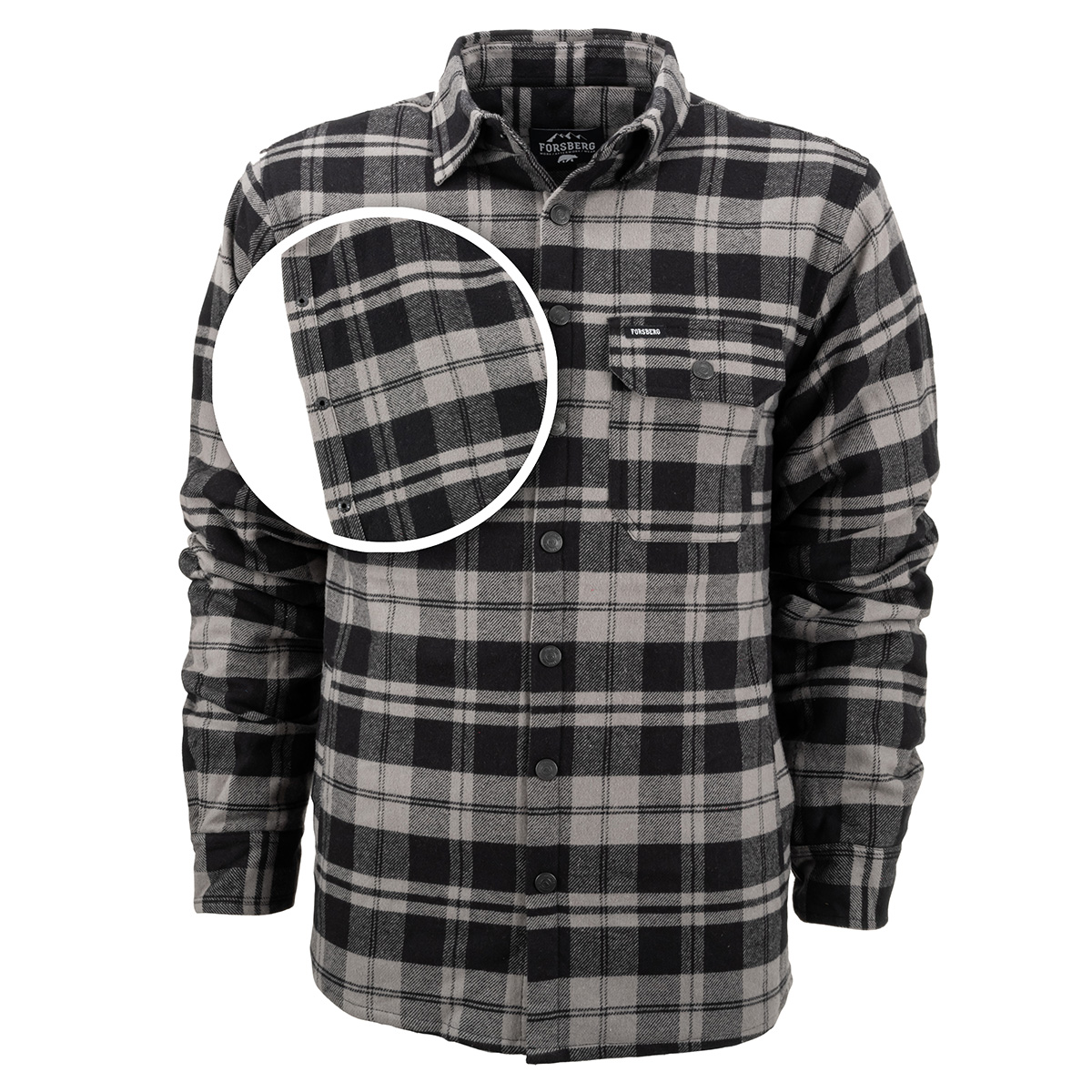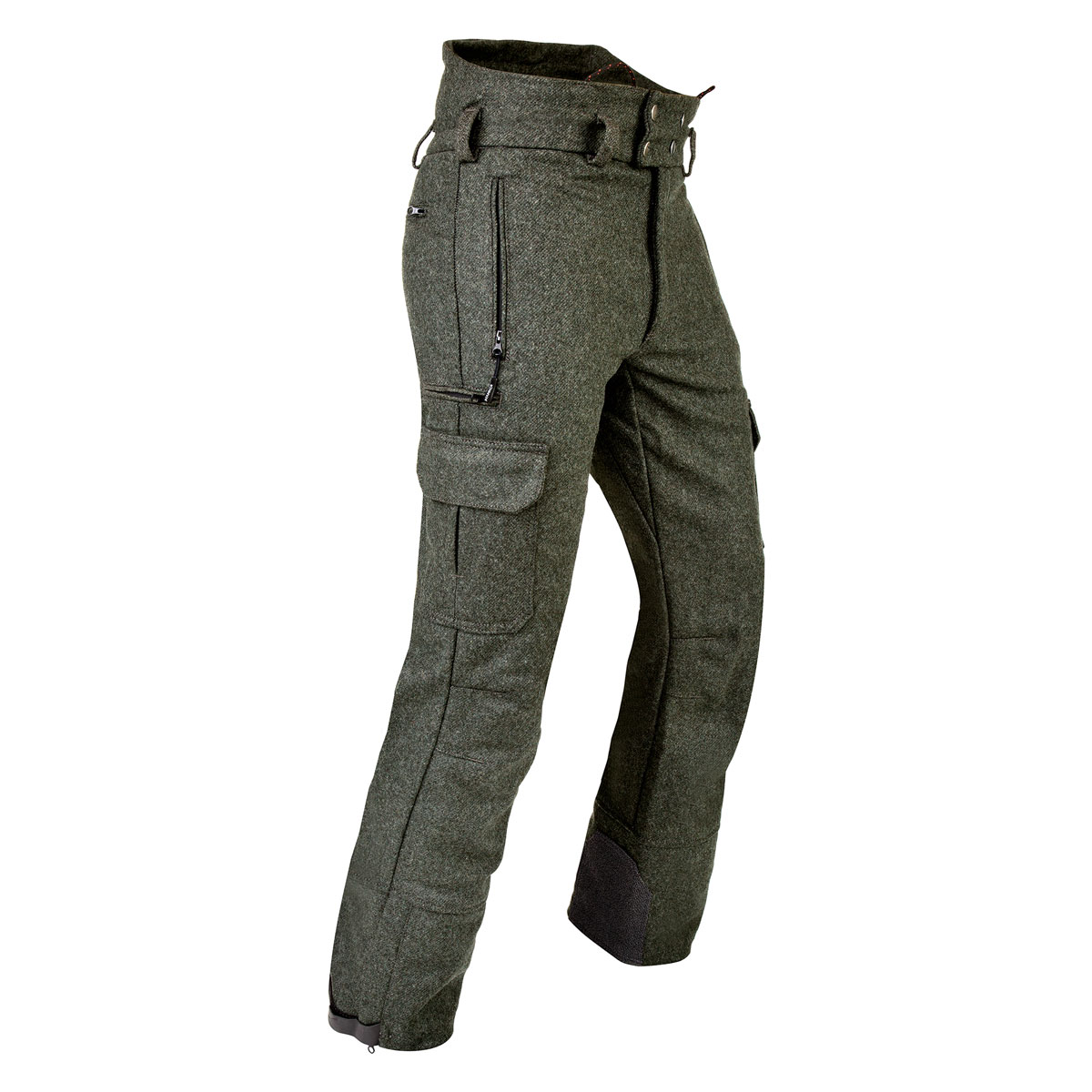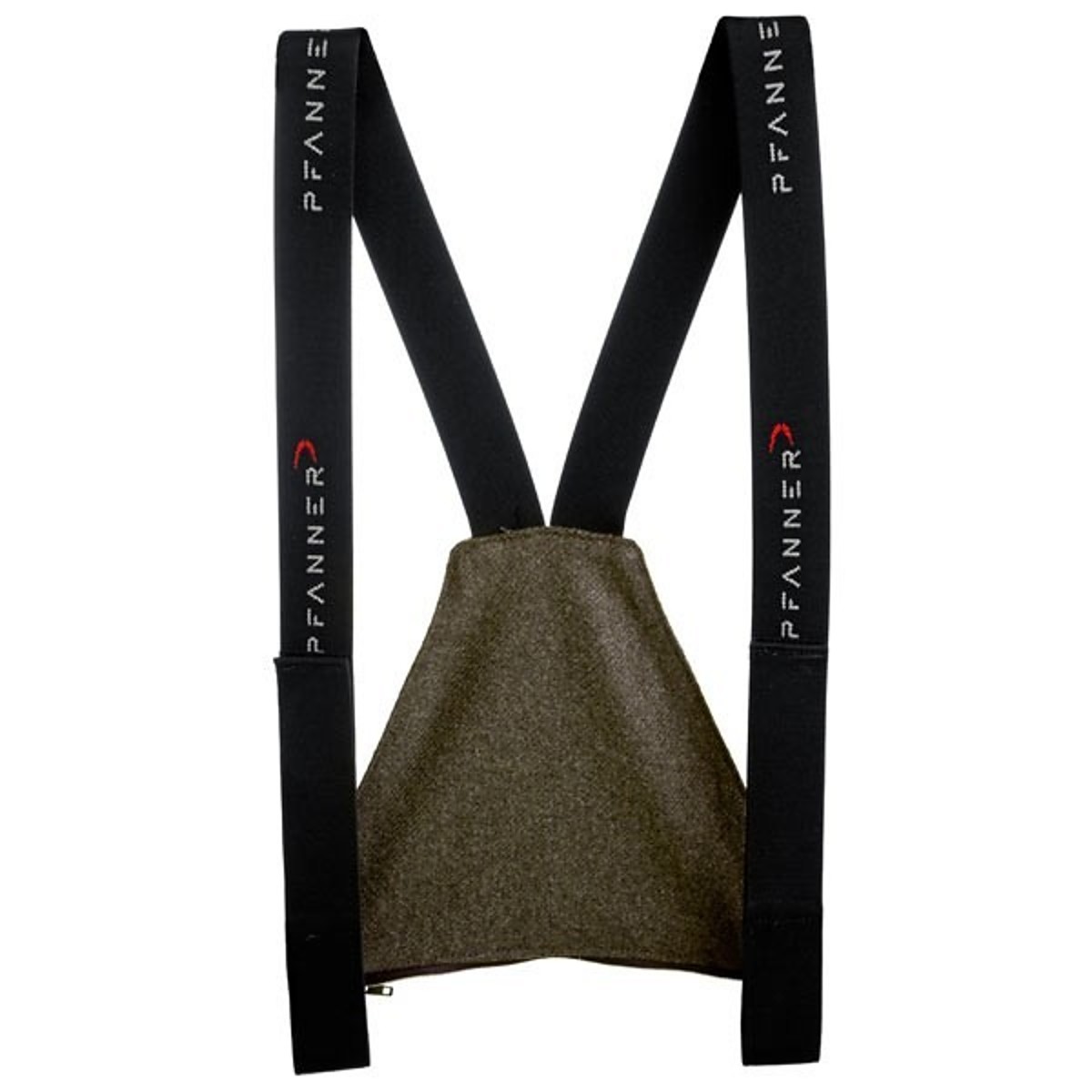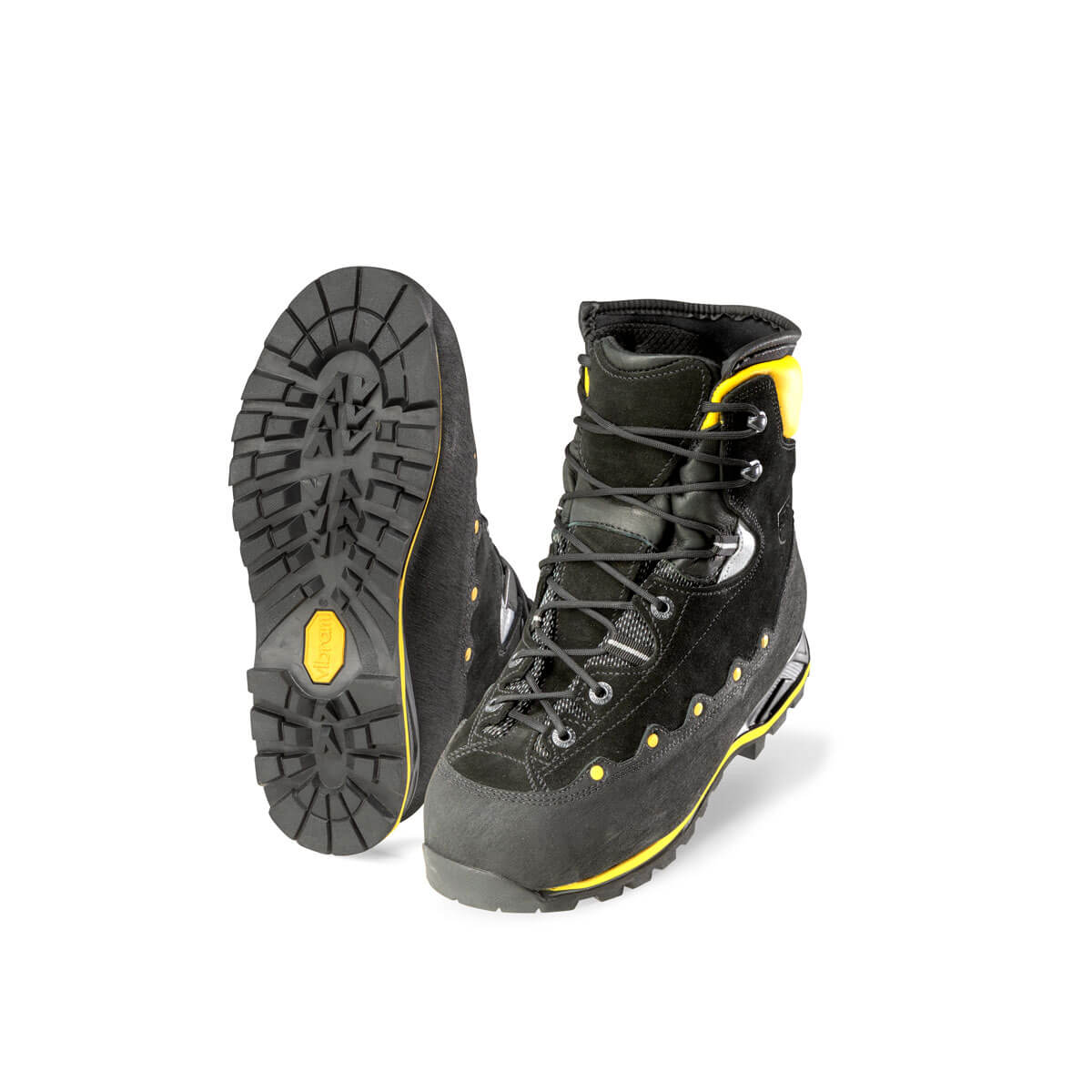
Filter products
Forest - through the ages
Today, managed forests are referred to as FORESTS. Conceptually, the forest is fluidly separated from the forest today, the demarcation from the primeval forest is the only clear one. In the earlier terminology forests were a royal forest, later they were understood as forests with timber rights for entitled persons with special permits. The word comes from the Latin forestis and was later adopted into German usage.
The use of the forest nowadays
In the Middle Ages, there was a general right of use of the forest, which meant that everyone could extract the timber and firewood they needed. However, with the increased demand for this material, the first laws and usage regulations were introduced to regulate the extraction of the raw material. Today, public forests are under the control of state forestry administrations. These are responsible for the care and management of the areas. The primary objective is also to monitor the composition of the tree species in accordance with vegetation science and to restock if necessary. Under pressure from biologists and private or now official conservationists, every managed forest area is now designated as a forest.
The forester - a profession with a future?
Alternatively known as a forest worker, frost worker or forest warden, this is a state-recognized training occupation. The training itself lasts three years according to the BBiG and is completed by a skilled worker examination. The forester is responsible for all work in the forest. This starts with the felling of trees, the establishment and rejuvenation of new forest stands, the protection against harmful influences by animals and fungi, the maintenance of paths, of course the driving of appropriate machines such as a harvester and the assistance in hunting operations. The work is recognized as hard labor. The turnover of the body's own energy during motor-manual activity - i.e. the use of a chain saw - is comparable to that of a top athlete.
The protective equipment for work in the forest
On the one hand, it's about functional clothing, as the work involved in using a chainsaw is very sweaty. In order to properly wick away moisture and keep your skin feeling dry, we recommend using functional shirts and underwear in colder temperatures. These fabrics are hydrophobic, which means that the fiber does not absorb water and wicks it away. The work is not only very physically demanding, but also highly dangerous. Especially when handling a power-driven saw, it is absolutely necessary to wear appropriate cut protection pants. These protect the wearer from the most serious injuries caused by cutting. Also important is a forestry helmet, which not only protects against falling parts, but also, with its visor, against chips and other flying particles. To complete the personal protective equipment, an appropriate pair of forest boots must of course not be missing. You can find all described articles in our store. If you need advice, please contact our product specialists.

















